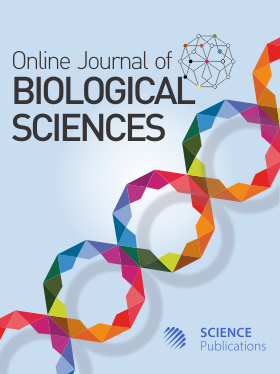Evaluation of NPK Fertilizer Content Derived from Wild Plant Diversity
- 1 Department of Science Education, Fatmawati Sukarno State Islamic University Bengkulu, Bengkulu City, Bengkulu, Indonesia
- 2 Department of Islamic Religious Education, Fatmawati Sukarno State Islamic University Bengkulu, Bengkulu City, Bengkulu, Indonesia
- 3 Department of Computer Vision and Internet of Things, Fatmawati Sukarno State Islamic University Bengkulu, Bengkulu City, Bengkulu, Indonesia
- 4 Department of English Language Teaching, Fatmawati Sukarno State Islamic University Bengkulu, Bengkulu City, Bengkulu, Indonesia
Abstract
This research has the background of understanding the diversity of wild plants that can produce organic NPK fertilizer that can be utilized by the community. The purpose of this research is to produce NPK fertilizer from wild plants and to determine the nitrogen, phosphate, and potassium content in the organic fertilizer derived from wild plants. The type of this research is an experiment to produce NPK fertilizer, which is then tested in the laboratory to determine the nitrogen, phosphate, and potassium content in the produced fertilizer. The results of the research on the process of making NPK fertilizer from wild plants using several wild plants divided into two criteria: the main materials consist of the leaves of the Lamtoro plant, the Putri Malu plant, the Kipahit plant, the Gama leaves, and Bamboo leaves. The additional materials include Kelor leaves, Banana pseudo stems, Coconut coir, and to accelerate the fermentation process, the researchers used supporting materials such as goat dung, EM4solution, Nitrobacteria bacterial culture solution, and rice wash water. from the NPK content test on the organic fertilizer produced at the Ministry of Agriculture BSIP (Agricultural Instrument Standardization Agency, Soil and Fertilizer Instrument Testing Center, Jl. Tentara Pelajar Jakarta-Bogor), it was found that: a. Sample P3 (ratio of main ingredients to additives 1:2) is the sample with the highest Nitrogen content, which is 2.42%. b. Sample P1 (ratio of main ingredients to additives 1:1) is the sample with the highest Phosphate content, which is 0.94%. c. Sample P2 (the ratio of main ingredients to additives 2:1) is the sample with the highest potassium content, which is 3.36%. d. Meanwhile, C1, which is a liquid fertilizer with a 1:1 ratio of main ingredients to additives is the sample with the lowest NPK content (0.28, 0.06, and 0.24%).
DOI: https://doi.org/10.3844/ojbsci.2025.493.509

- 652 Views
- 37 Downloads
- 0 Citations
Download
Keywords
- Fermentation
- Growth
- NPK Fertilizer
- Phosphate
- Wild Plants
